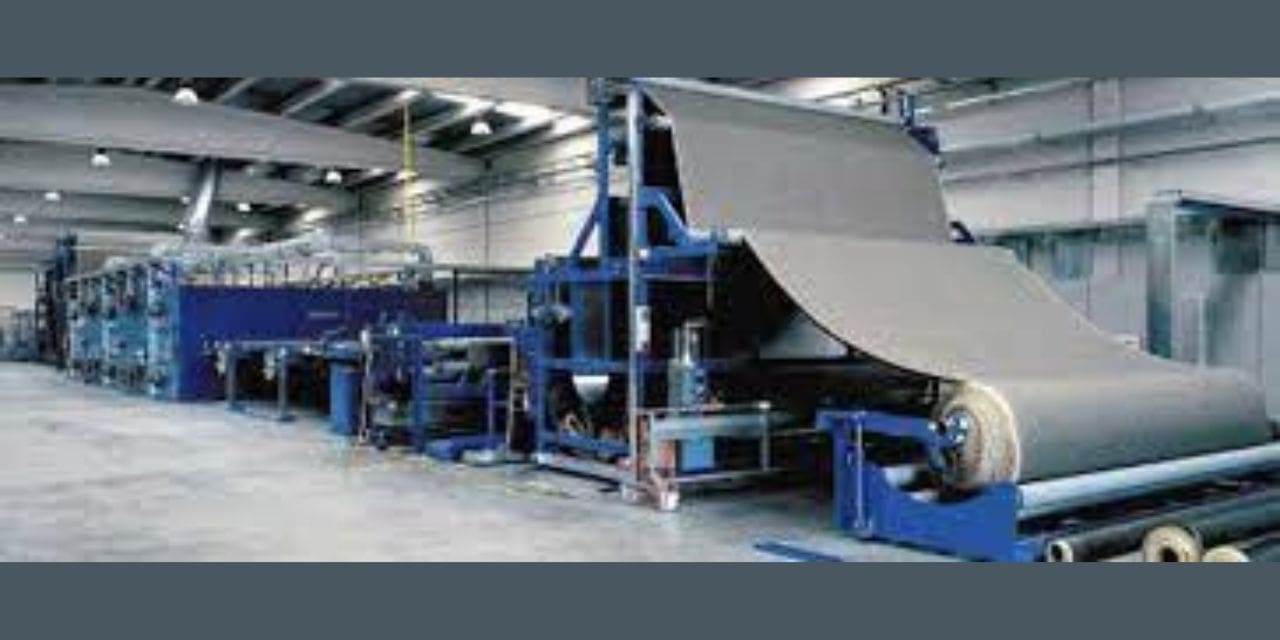The textile processing industry in Tiruppur faces a significant problem from the accumulated mixed waste salt and bio sludge produced by the effluent treatment of textile processing plants.
Approximately 50,000 tons of bio sludge and close to 60,000 tons of mixed waste salt are claimed to be piling up at the town’s common and individual wastewater treatment facilities.
According to industry sources, there are roughly 300 active textile processing units connected to 18 CETPs, and these units recover 80% of the water consumed during processing. The water is recycled by CETPs. Reverse osmosis membranes, evaporators, waste mixed salt, bio sludge, and chemical sludge are used to purify the remaining 20% of the treated water. While bio sludge and used salt are stacked up at the plants, chemical sludge is transferred to cement companies to be used as a co-processing ingredient. With Tiruppur’s textile processing units opting for zero liquid discharge during the past ten years, the salt and sludge produced by this process have proven to be significant obstacles.
According to the sources, the CETPs are experimenting with various technologies to convert the salt for reuse. To develop and test the solutions, they have collaborated with other institutions. B. Murugabhoopathi, CEO of the Dyers’ Association of Tiruppur, adds, “We need to look at cost-effective solutions and the government should support with initial investments.”
The South India Textile Research Association and MAK India has collaborated to release salt-free dying technology. To decrease and reuse the salts from the trash, the State government has signed a Memorandum of Understanding (MoU) with Incompressible Fluid Control System (IFCS). Next week, a technical team is scheduled to travel to Tiruppur to examine the technology used by IFCS at Rayapuram CETP.
According to T. Gopinath, the managing director of IFCS, the CETP handles 40 lakh litres of effluent per day, of which 10 lakh litres are reject water, from the 13 textile processing plants that are connected to it. A system that the corporation installed at the CETP in 2019 for around 12 crores has decreased the production of dangerous salt to barely 5%, and the CETP uses the second-grade sodium chloride that was recovered.
He claimed that the technology has decreased the production of hazardous mixed salt by 95%, reduced the use of coal and electricity by 40%, and cut the overall operating costs of the CETP by 40%.

